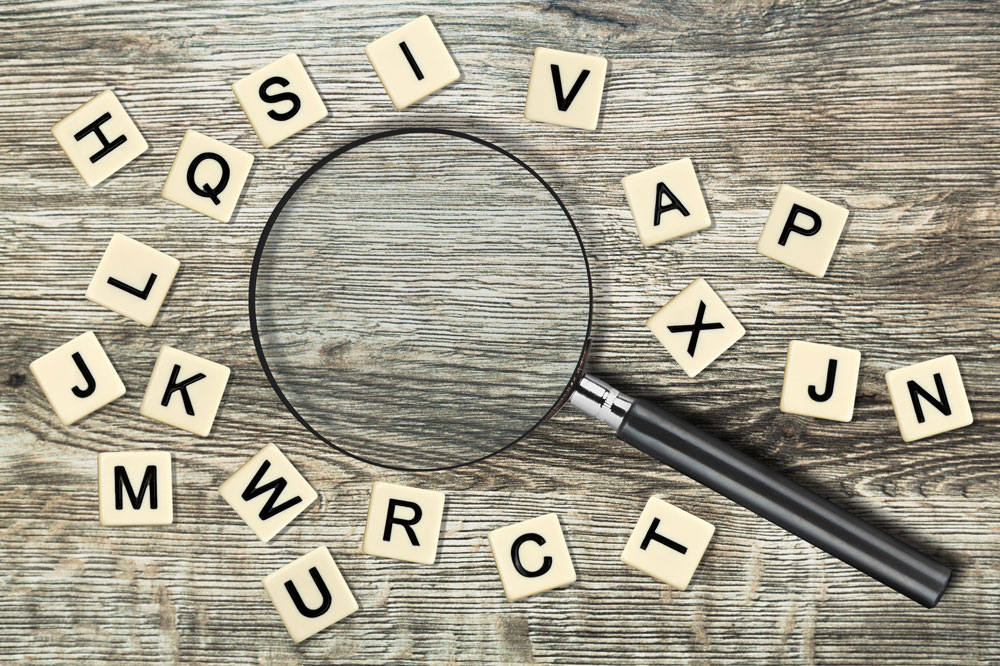Sound Advice – Alliteration, Consonance, and Assonance

When it comes to analysing language, many students spend the majority of their time looking for devices at the word level, unaware there are other levels of analysis, such as these levels:
• paragraph level: argument structure, thematic ideas, dialogue, weight
• sentence level: type, kind, punctuation, word order
• word level: imagery, diction, figurative language
• letter level: alliteration, consonance, assonance
• syllable level: rhyme, rhythm
Take the letter level, for instance. At this level, we find alliteration (the repetition of the same sound at the beginning of a word), assonance (the repetition of vowel sounds), and consonance (the repetition of the same sound in the middle of a word or at the end of a word), like this:
|
Alliteration |
Consonance |
Assonance |
| b, c, d, f, g, h, j, k, l, m, n, p, q, r, s, t, v, w, x, y, z | a, e, i, o, u | |
|
beginning of a word |
end AND/OR middle | beginning, middle or end |
Those three devices offer a great deal more than any other level of analysis. In fact, they offer even more than sensory imagery and figurative language combined. The reason being, English has 44 sounds, and each of those sounds can carry meaning. Let’s take a brief look at how that’s possible.

Alliteration
Plosive sounds [p] and [b], for example, produce an explosion of air and that physical sensation has different connotations depending on the context: The phrase birthday party expresses excitement whereas bomb on the plane can expresses fear. Plosive sounds can be interpreted as excitement or as fear or somewhere in between, such as bitterness or bliss.
Let’s take a look at the physical properties of other sounds and how they might convey meaning:
Analysing Sound
|
Sound |
Name |
Pronunciation feature |
(+)meaning |
(-)meaning |
| p, b | plosives | explosive sound | e.g. excitement | e.g. fear |
| f, v | fricatives | release/impede air | e.g. freedom | e.g. frustration |
| s, z, sh | sibilance | white noise | e.g. soothing | e.g. sinister |
| m, n | sonorants | Interior sound | e.g. contentment | e.g. doubt |
| t, d | dentals | reveal teeth | e.g. delight | e.g. disdain |
| k, g | gutturals | deep cavity sound | e.g. glory | e.g. gutted |
Consonance
Consonance, like alliteration, depends on a sound’s features. For example, the consonance phrase “effective feedback” can connote frustration, fury, fondness, and even freedom, depending on its context (the sentence it’s in). Those meanings are possible because of what happens when [f] is produced. In producing [f], the air is forced through the teeth and over the lips, producing frication, which is then released as a stream of free-flowing air. In language analysis, those three aerodynamic features (force, frication, and free-flow) translate into meaning, depending, of course, on the context. Context is everything:
- “I’ve been waiting for effective feedback for months” (frustration)
- “I demand effective feedback” (fury)
- “The flag flew high on the 4th of July. (freedom)
Assonance
Like consonants, vowels also convey meaning. Let’s take a quick look at some of the ways assonance conveys meaning. (This is just the tip of the iceberg.)
Ex: Go slow over the road.
→ oh, an interjection expressing concern.
→ o, a long vowel, slows down the pace, adding a sense of caution.
Ex: “A host of golden daffodils” (Daffodils)
→ oh, an interjection expressing surprise, wonderment, or fascination.
Ex: Try as I might, the kite did not fly.
→ ai, in “might” and “kite”, a rising diphthong, amplifies the effort.
→ ai, in “Try” and “fly”, a falling diphthong, amplifies defeat.
→ The juxtaposition of rising/falling sounds creates a sense of undulation.
Ex: He sat at the back, attacking my presentation.
→ ah, an exclamation of anger.
Ex: She was puzzled by the umpire’s unfair call.
→ uh, an interjection expressing hesitation, doubt, or pause.
Ex: The mildew grew stronger.
→ ew, an interjection expressing disgust.
Ex: “Once upon a midnight dreary, while I pondered, weak and weary” (The Raven)
→ ee, an expression of eeriness.
In short, the next time you’re analysing language or literature, you might want to take a closer look at the letter level. Mentioning alliteration, consonance and assonance will not only add more weight to your paragraphs, it will also show that you have a deeper understanding of the text.
Robyn has extensive experience in HK teaching IB, AP, and (i)GCSE English. Join her classes to score high!
About The Edge
The Edge Learning Center is Hong Kong’s premier Test Preparation, Academic Tutoring, and Admissions Consulting services provider. Founded in 2008, The Edge has helped thousands of students improve their ACT and SAT scores as well as their IB and AP grades. The AC team has just finished off another successful period in which students gained acceptance to schools such as Columbia, Yale, UChicago, and more! Check out our latest Admissions Results!

